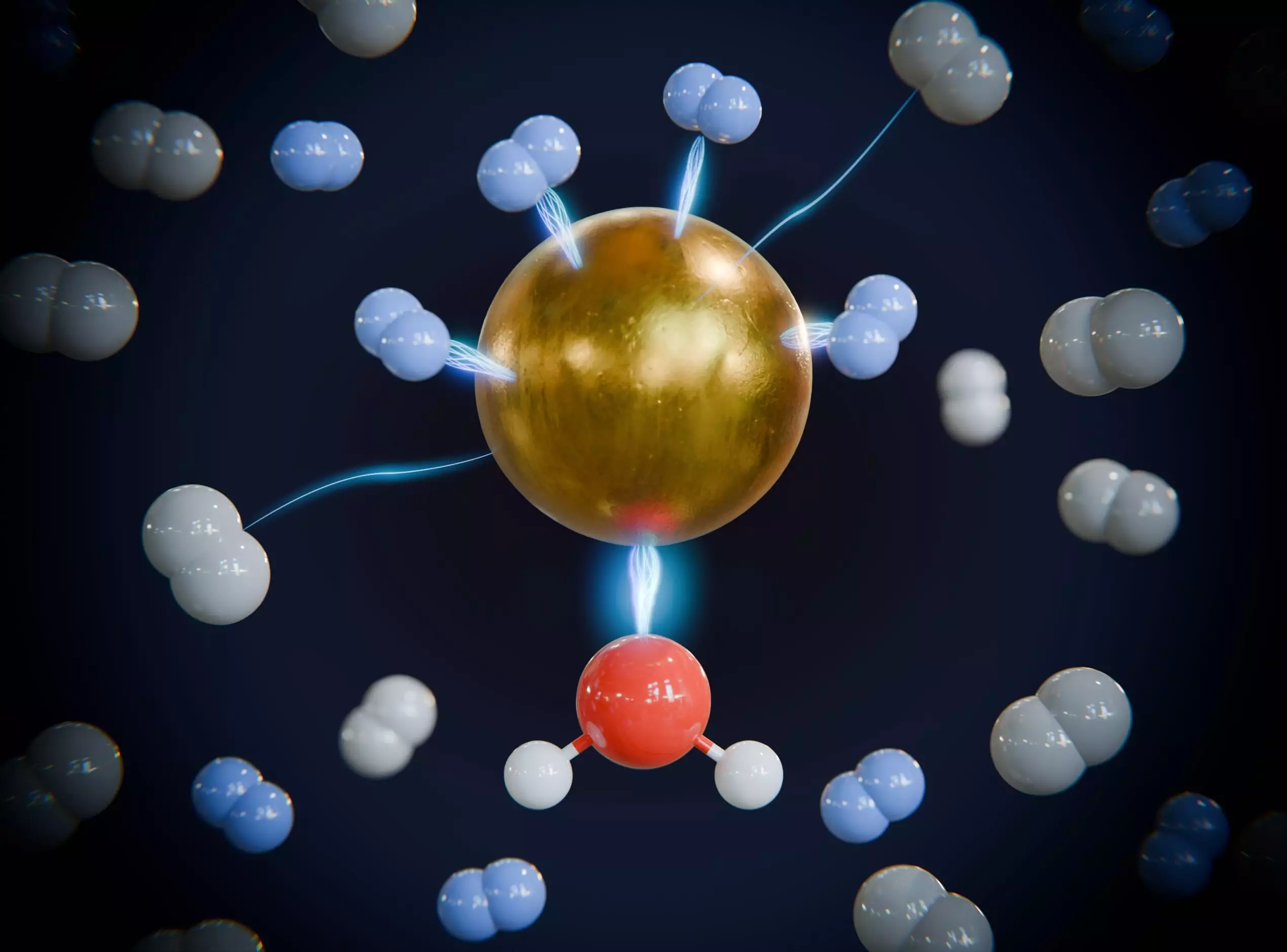As the world seeks alternatives to fossil fuels, hydrogen has emerged as a beacon of hope in the shift toward sustainable energy sources. As the lightest element in the periodic table, hydrogen exhibits tremendous potential for clean energy applications, including fuel cells and nuclear fusion. However, the different isotopes of hydrogen—protium, deuterium, and tritium—possess unique properties that can significantly impact their usability in various scientific and industrial processes. A recently conducted research initiative by a collaborative team from Leipzig University and TU Dresden has presented a notable breakthrough in efficiently separating these isotopes under more feasible conditions, a factor crucial to maximizing hydrogen’s potential.
Hydrogen exists in three naturally occurring isotopes: protium (hydrogen-1), deuterium (hydrogen-2), and tritium (hydrogen-3). Protium, making up approximately 99.98% of natural hydrogen, is the most common; however, deuterium is gaining traction due to its applications in pharmaceuticals and nuclear fusion. This latter point garners attention as nuclear fusion promises a cleaner, virtually limitless source of energy. Nevertheless, one of the crucial hurdles in harnessing these isotopes lies in their separation. Traditional methods are energy-intensive and insufficient when it comes to providing high-purity isotopes, leaving a gap in the market for more efficient and economically viable techniques.
Professor Knut Asmis, a leading figure from the Wilhelm Ostwald Institute at Leipzig University, emphasized an avenue that had shown promise yet remained beleaguered by practical challenges. For nearly 15 years, researchers had recognized the potential use of porous metal-organic frameworks (MOFs) capable of selectively adsorbing hydrogen isotopes. However, previous attempts required extremely low operational temperatures, around -200°C, to achieve separation. These conditions render industrial implementation not only challenging but also financially impractical.
The newly published research by the Hydrogen Isotopes 1,2,3H Research Training Group is pivotal because it uncovers the potential to perform isotopic separations at room temperature. This advancement opens the door to cost-effective industrial applications that could revolutionize the hydrogen market. By employing advanced spectroscopy techniques, quantum chemical simulations, and intricate binding analyses, the researchers have decoded the mechanisms underpinning isotope adsorption in MOFs.
A central question guiding this research was, why do certain isotopes exhibit a stronger affinity for the adsorptive surfaces than others? The doctoral researchers—Elvira Dongmo, Shabnam Haque, and Florian Kreuter—contributed significantly to understanding the nuances of these interactions. It turns out that variations in the atomic structure of the underlying framework affect how each isotope adheres to its surface.
This intricate interplay between atomic characteristics and binding preferences was systematically unraveled in the study. The findings suggest that by modifying the existing metal-organic structures, researchers now possess the tools to refine these frameworks and promote higher selectivity for hydrogen isotopes at ambient conditions. This leap in understanding fundamentally changes the approach utilized in isotope separation, which was once believed to be limited to cryogenic environments.
The implications of this research extend beyond energy; they also impact multiple fields, including pharmaceuticals where deuterated compounds are gaining traction for their ability to improve drug efficacy and stability. The ability to easily and affordably produce high-purity isotopes would not only bolster the hydrogen economy but could also lead to innovations in medicine and nuclear technology.
As the world continues to confront energy challenges, the research from Leipzig University and TU Dresden stands as a testament to the potential of scientific collaboration and innovation. If successfully translated into industrial processes, this breakthrough in hydrogen isotope separation could play a key role in shaping the future of sustainable energy. Encouragingly, the research highlights that we may be on the brink of realizing the full potential of hydrogen not merely as a fuel source but as a cornerstone of future technological advancements.

